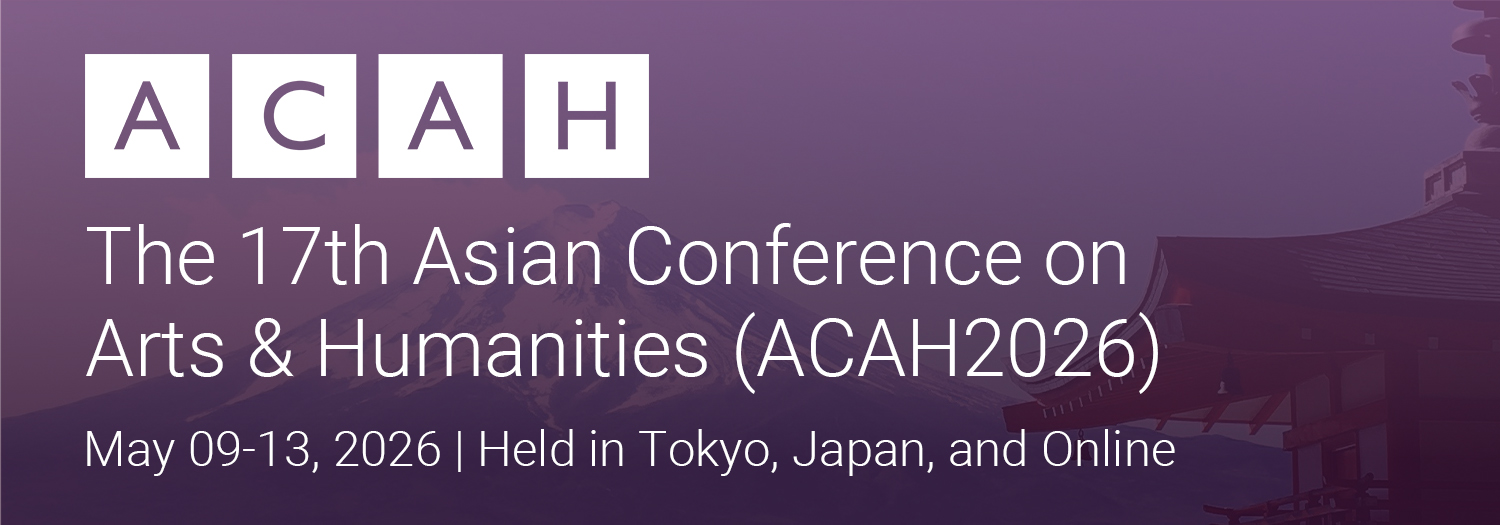In 2011, the DAMIN program was launched with the aim of trying to understand the processes behind monetary and economic unifications during the 19th century. This program was a wide continuation of many previous cooperative bi- or trilateral programs focused on the relation within the Roman Empire and involving several countries in Europe and in Western Asia. All this previous research insisted on the fact that monetary unification, whatever the currency used, was always accompanied by economic unification.
The purpose of the DAMIN program was to link a large group of academics all around the world and to try to analyse and understand the evolution of the monetary system in the 19th century. At the beginning of the century, each country had its own monetary system and its own currency. But the general tendency was to unify the currency to facilitate the economic development and to facilitate trade, one of the necessities of the industrial revolution. Step by step, the main countries tried to develop multilateral treaties to facilitate means of payment, the most important of which was the Latin Monetary Union of December 1865 that made all the gold and silver coins issued by the signatory countries legal tender.
The subsequent discovery of the silver mines in the USA disturbed the LMU treaty and the countries were obliged to end the bimetallic system and to shift to the monometallic gold standard. The DAMIN program analysed these phenomena, and to date has seen more than 50 volumes published, hours of video footage, and conferences held all over the world. DAMIN has proved the necessity of large cooperative programs to link academics, as the only way to create the synergies necessary to analyse international economic trends and economic relations.
The DAMIN team is now to be included in the wider IAFOR Silk Road Initiative. The two programs are already very similar in that they both wish to understand the development of long distance trade and its consequences on all the aspects of human life. Trade is not only trade of artefacts but with the merchants, came languages, religions, arts, philosophies, and technology, and following trade came armies and invaders. With the Mongols going West, the Italians going East, and myriad other movements between, the Silk Road Initiative offers a fantastic field of analysis and reflection on the development of human societies, and the impact of contacts between populations, civilisations and cultures.
This presentation will offer an overview of the DAMIN project so far, and going forward as part of the IAFOR Silk Road Initiative.

